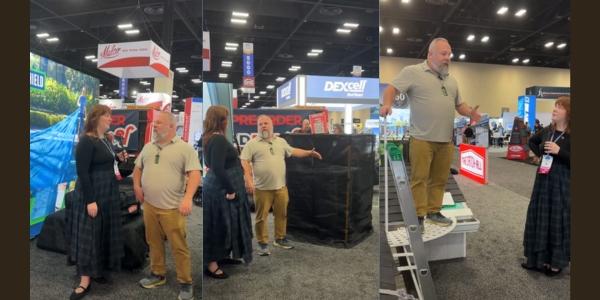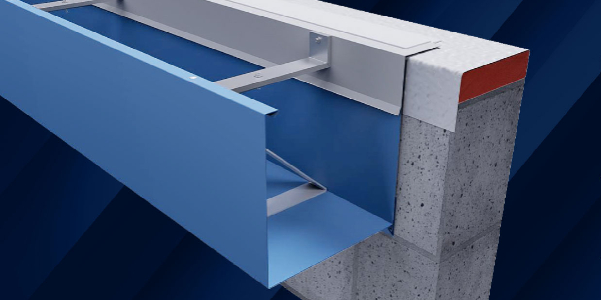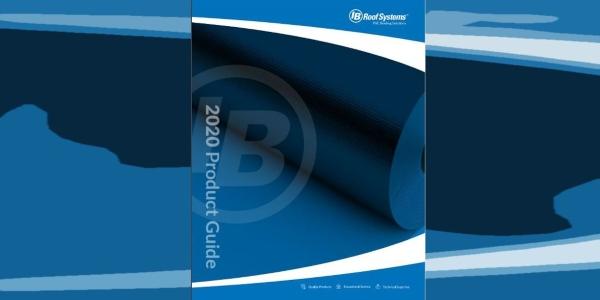Applying SPF Near Combustion Appliances

By General Coatings.
General Coatings offers guidance in a tech tip on safely installing spray polyurethane foam near open-combustion appliances.
Over the past few years, spray polyurethane foam (SPF) insulation has spiked in popularity as a high-performance solution to seal and insulate the entire building envelope. SPF insulation is energy efficient and durable; it is a spray-applied plastic widely used to insulate buildings and seal cracks and gaps.
However, the chemistry and equipment included in this installation process for SPF poses a potential hazard. So it is essential that SPF suppliers ensure that every installation is done properly and with safety in mind. Read on for a quick overview of SPF when open-combustion appliances are present.
Before applying SPF (spray foam polyurethane) insulation in an attic or crawl space it is important to determine if there are any appliances present, such as a water heater or a furnace, that are open-combustion and require a source of combustion air.
Note: These same considerations apply to any air sealing modifications regardless of materials, as well as attic and crawl space modifications. BPI (see reference below) recommends performing combustion appliance safety inspections whenever 15% or more of the total building envelope is air-sealed.
Open-Combustion appliances, also referred to as “atmospheric-combustion” appliances, draw their combustion air directly out of the room or CAZ (combustion appliance zone) it is in. When located in an attic or crawl space, they draw their combustion air directly from that space. After the open combustion appliance burns the air and fuel mixture, it sends the fumes up and out through a dedicated exhaust flue. The flue is a small diameter sheet metal duct going up and out of the appliance to the outside. The combustion process requires that open-combustion appliances exhaust a greater volume of fumes than it takes in as air.
When open-combustion appliances are located in confined spaces, the volume of fresh air is limited. When the fresh air supply to the confined space is insufficient, incomplete combustion can lead to an increase in toxic fumes that need to be vented. If there is some leakage in the exhaust flue, a fraction of the exhaust fumes will accumulate in that space; toxic combustion gases (such as carbon monoxide) can then build-up inside the house.
Open-combustion appliances are designed to operate efficiently in well-vented spaces. They can be installed in attics and crawl spaces, but only when these spaces are well ventilated. When SPF (or other construction material) is installed to create an unvented attic or crawl space, the source of combustion air supply is reduced minimized and or eliminated; open-combustion appliances in these spaces may then become a source of hazardous fumes and toxic gases if the exhaust flue is not well sealed. The imbalance of exhaust fumes and fresh air may not be limited to unvented attics and crawl spaces: open combustion appliances in basements, utility rooms or other areas of the house may be affected as well when the building envelope is well-sealed with SPF.
Installation of SPF changes the design of the house as a system; open-combustion appliances may now reside within spaces with a lower flow of combustion air it can no longer be assumed that open combustion appliances will operate efficiently under these conditions. When insulating with SPF, combustion appliances (or the spaces they occupy) may need to be modified in order for the appliances to operate efficiently and meet building code requirements.
SPFA supports the position of the Building Performance Institute: “A preliminary and post-installation safety inspection of all combustion appliances must be completed whenever changes to the building envelope and/or heating system are part of the work scope.” [BPI Technical Standards for the Building Analyst Professional1] Such a safety inspection includes the following:
-
Carbon monoxide test
-
Draft measurement
-
Spillage evaluation
-
Worst-case depressurization test
Caution: Combustion-appliance inspections and modifications should only be performed by professionals trained (and as appropriate, licensed) to perform these tasks.
Options if the house does contain open-combustion appliances:
1 - Update the open-combustion appliances - (Recommended) Replace the appliances with 90+% direct vent or sealed-combustion appliances having dedicated air supply venting.
2 - Isolate the open-combustion appliances - Build a dedicated utility room or closet around the open-combustion appliances. The dedicated room must be vented to the outside of the building envelope and air-sealed and insulated from the rest of the house (in effect, the dedicated utility room becomes outside, unconditioned space). The outside vents must be properly sized to supply the fresh air required by the appliances.
3 - Change to electrical appliances - Replace open-combustion appliances with electrically-operated appliances.
Learn more about General Coatings in their RoofersCoffeeShop® Directory or visit www.generalcoatings.net.






















Comments
Leave a Reply
Have an account? Login to leave a comment!
Sign In